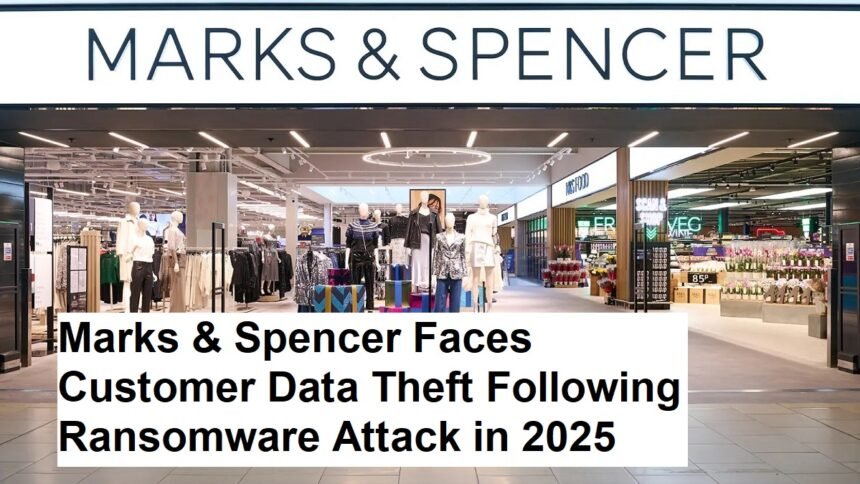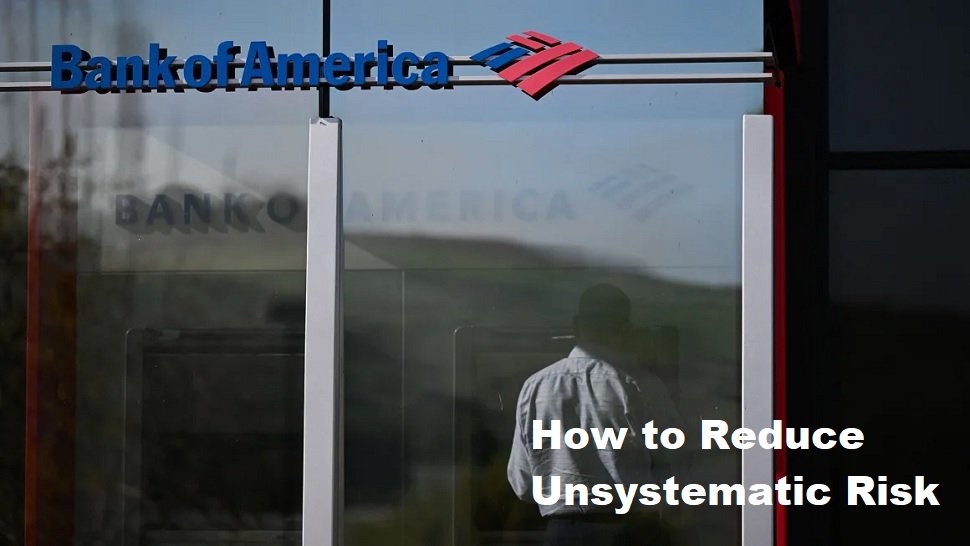On May 13, 2025, Marks & Spencer (M&S), one of the United Kingdom’s most prominent retail companies, publicly announced that it had suffered a significant cybersecurity breach resulting from a ransomware attack. This incident led to the theft of a portion of its customer data, raising concerns about data privacy, corporate security, and the broader implications for retail businesses in an increasingly digital world.
Ransomware attacks have become one of the most pervasive and damaging forms of cybercrime in recent years. In such attacks, malicious actors infiltrate an organization’s computer systems, encrypt critical data, and demand a ransom payment—usually in cryptocurrency—in exchange for the decryption key. However, modern ransomware groups often combine this with data exfiltration, threatening to leak or sell stolen information if their demands are not met. In the case of M&S, the attackers not only encrypted company data but also managed to steal sensitive customer information, which has now been confirmed as partially compromised.
The stolen data reportedly includes personal details of customers, such as names, contact information, and possibly purchase histories. While M&S has not disclosed the full extent or specific categories of data affected, the breach has understandably caused alarm among customers and privacy advocates alike. The company has emphasized that payment card information and passwords were not compromised, but the incident still represents a serious violation of customer trust and data security.
Upon discovering the attack, Marks & Spencer immediately activated its incident response protocols. This involved isolating affected systems to prevent further spread of the ransomware, engaging cybersecurity experts to investigate the breach, and notifying relevant authorities, including the UK’s Information Commissioner’s Office (ICO). The company also began communicating transparently with its customers, advising them to be vigilant for any suspicious activity such as phishing attempts or identity theft.
The impact of this ransomware attack on M&S extends beyond the immediate data theft. Operational disruptions caused by the attack affected online services and internal systems, leading to temporary delays in order processing and customer support. Such interruptions highlight how cyberattacks can ripple through business operations, affecting revenue, customer satisfaction, and brand reputation.
This incident underscores the growing threat ransomware poses to the retail sector, which increasingly relies on digital platforms for sales, customer engagement, and supply chain management. Retailers often hold vast amounts of personal and financial data, making them attractive targets for cybercriminals. The M&S breach serves as a stark reminder that even well-established companies with significant resources are vulnerable to sophisticated cyber threats.
In response to the attack, Marks & Spencer has committed to strengthening its cybersecurity defenses. This includes investing in advanced threat detection systems, enhancing employee training on cybersecurity best practices, and conducting comprehensive audits of its IT infrastructure. The company is also collaborating with law enforcement agencies and cybersecurity organizations to track down the perpetrators and prevent future incidents.
Experts emphasize that preventing ransomware attacks requires a multi-layered approach. This involves regular software updates and patching to close vulnerabilities, robust data backup strategies to enable recovery without paying ransoms, and continuous monitoring for unusual network activity. Employee awareness is also critical, as phishing emails remain a common entry point for ransomware infections.
For customers, the breach highlights the importance of practicing good cybersecurity hygiene. This includes using strong, unique passwords, enabling two-factor authentication where possible, and being cautious about unsolicited communications requesting personal information. Monitoring financial statements and credit reports can also help detect potential misuse of stolen data early.
The regulatory environment surrounding data breaches has become increasingly stringent, with laws such as the UK’s Data Protection Act and the EU’s General Data Protection Regulation (GDPR) imposing heavy penalties for inadequate data protection. Companies like M&S are legally obligated to report breaches promptly and take appropriate remedial actions, which adds pressure to maintain robust cybersecurity measures.
In conclusion, the ransomware attack on Marks & Spencer in May 2025, resulting in the theft of customer data, is a significant event that highlights the persistent and evolving challenges of cybersecurity in the retail industry. It serves as a cautionary tale for businesses worldwide about the critical importance of proactive security strategies, rapid incident response, and transparent communication with customers. As cyber threats continue to grow in sophistication, organizations must remain vigilant and adaptive to protect their data, operations, and reputations in an increasingly interconnected digital landscape.









